Quality Read Alouds: Which books are best?
When selecting a book, consider:
- The group of children – Do they have the stamina to get through an entire story?
- Point in curriculum trajectory – Just introducing a topic? In the middle? The end?
- The goal – Introduce vocabulary? Learn about a social concept? Teach an academic concept?
Consideration of these elements is an important step of Read Aloud preparation. Later in the year, books can have more text, and some children may even be ready for longer stories or chapter books (rest time is a great time for this).
The Big 3
| Low-text | – There shouldn’t be too many words on each page. – Pages might have between 1-5 sentences. – Quantity should not compromise quality! – Select books that have rich vocabulary and use this as an opportunity to build child vocabulary. |
| High-Interest | – Select books with characters children can relate with, concepts that are familiar and topics that are of interest to them – Preview the text! If it doesn’t hold your interest, chances are it won’t hold the attention of 18 4-and 5-year olds! |
| Large Illustrations | – Select books with illustrations and details that can be seen from the back of your group area. – Reserve books with smaller illustrations for independent or small group reading. |
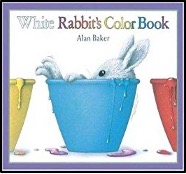
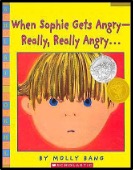
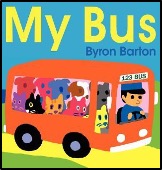
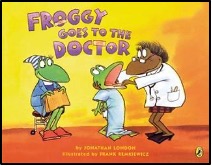
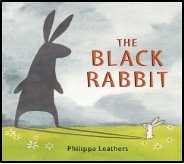
Types of Read Alouds: Reading Books with Intention
Read Alouds can be implemented for different intentions. Here are a few different types of Read Alouds that can be implemented when reading with children.
| Type of Read Aloud | Examples of Read Aloud Purpose |
|---|---|
| Book Walk | – Preview or introduce concept – Spark interest, connect with prior knowledge and experiences – Notice illustrations – Make predictions about what might happen in story – Teach parts of book (title, author, illustrator, etc.) |
| Predictable | – Rhythm – Rhyme – Repetition of vocabulary – Repetition of story structure and pattern |
| Vocabulary Lesson | – Teach new vocabulary – ELL: Dr. Calderon’s Pre-teaching Vocabulary in Five Steps |
| Reading for Pleasure | – Share a joy for reading – Tell a good, compelling story |
| Re-Read | – Revisit a story after learning more about a topic – Reading a story after doing a picture walk |
| Story Acting | -Using familiar texts and stories to practice story elements -Exposure to folktales and oral storytelling traditions |
Varying the type of read alouds throughout the year is a way to differentiate learning for specific children and goals. Taking the time to intentionally select a variety of read aloud types to meet different purposes is a powerful tool for early childhood educators.
Perhaps the idea of planning for every single read aloud feels cumbersome. Different types of read alouds require different amounts of preparation, and not all read alouds need to involve an extensive lesson plan. It is the judgment of the educator to decide when a specific type of Read Aloud would be the most beneficial to their class at any given group time.